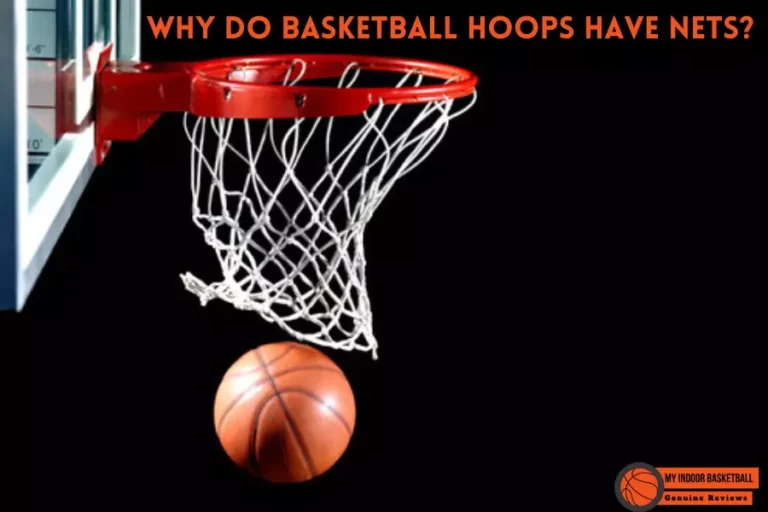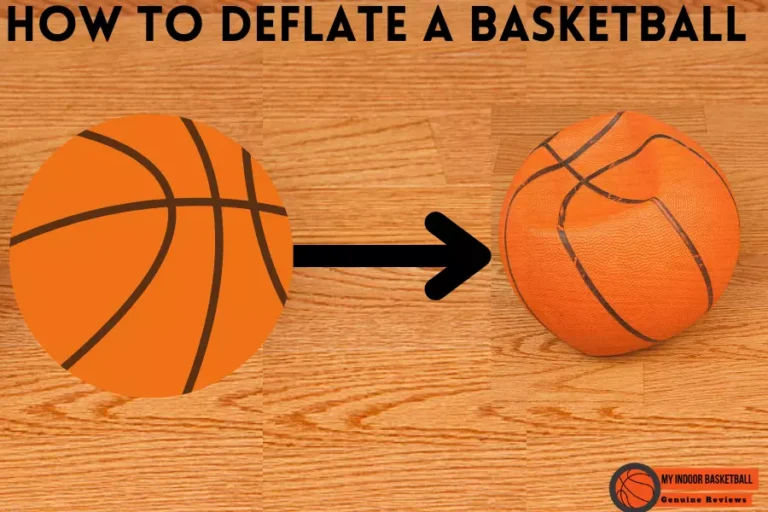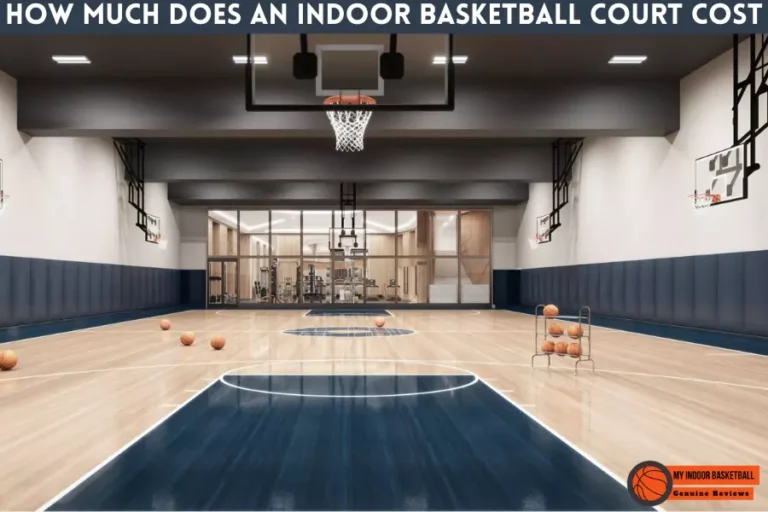Main Difference between indoor and outdoor basketball
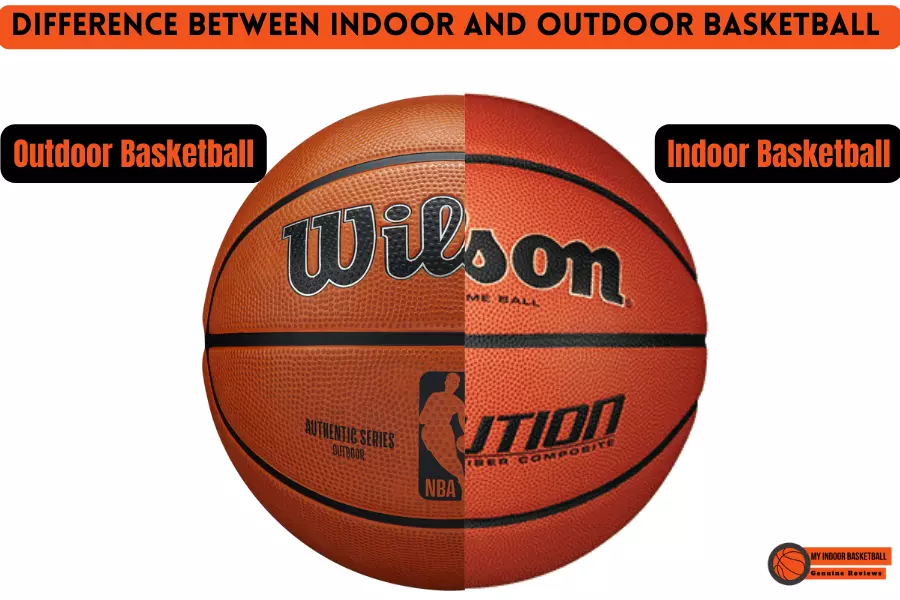
In basketball, there are two types of games: indoor and outdoor. If we look what is difference between indoor and outdoor basketball? There are many as: Indoor basketball is played in an enclosed space with a hard court or surface, while outdoor basketball is played on a grass or concrete court. Outdoor basketball is challenging and much more physical because the court is more extensive, and the ball travels more quickly.
Indoor basketball is played in much smaller gyms with shorter courts that are usually less than half the size of an outdoor court. This makes it easier for players to control the ball and see each other better, which makes shooting and passing much more straightforward. Indoor hoops also have a softer surface that makes bouncing the ball more accessible, so teams often play at a faster pace indoors than outdoors.
Indoor basketball is played in a gymnasium with hardwood floors and a painted court. Outdoor basketball is played on an open field with natural terrains. Indoor games usually last about 30 minutes, while outdoor games can last up to two hours.
Difference between indoor and outdoor basketball
There are many differences between indoor and outdoor basketball, the most important of which is that outdoor basketball is much more physical.
Differences in basket Ball
Indoor and outdoor basketball is played with different types of balls. The ball used in indoor basketball is smaller and made of a softer rubber than the ball used outdoors. The floor at indoor gyms is also typically more cushioned, which helps keep the ball from bouncing as high.
Outdoor basketball is played on more complex surfaces, so the ball bounces higher. The size and hardness of the ball can also make a difference in how players handle it.
In general, outdoor players tend to use a heavier ball that’s less bouncy, while indoor players use a lighter ball that’s more bouncy.
Basketball Material
Indoor basketball is played with a regulation-size ball on a hardwood or carpet court. The ball used in outdoor basketball is made of more rigid materials and is more inflated to make it bouncier. It is because the air pressure of indoor play will be higher than outdoor play.
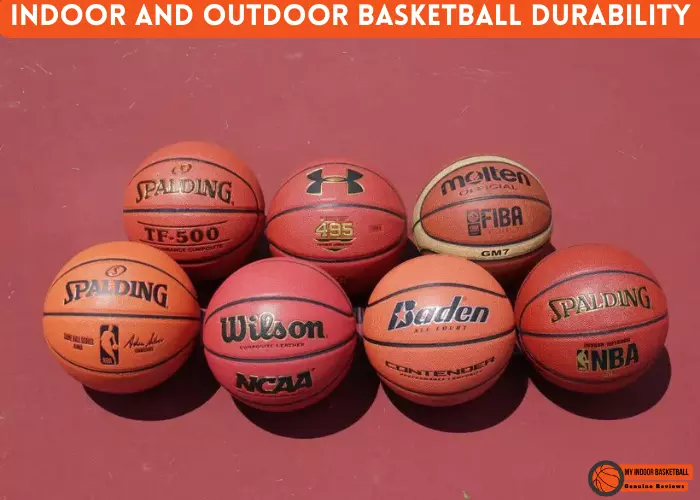
Basketball Price
The price of balls used in indoor and outdoor basketball games can vary significantly. Outdoor basketballs are typically more expensive than indoor courts.
Performance and Grip
The two types of basketball that are played outdoors have different performance expectations. Indoor basketball is played on a hardwood floor with low bounce, while outdoor basketball is a more physical game with higher bounce. Outdoor basketball requires greater hand-eye coordination, athleticism, and stamina than indoor basketball because the ball bounces harder. Additionally, the bouncing ball makes the dribble in outdoor basketball more challenging to control.
One of the key difference between indoor and outdoor basketball is grip. Grip refers to how tightly one holds the ball to control it. In indoor basketball, the grip is essential to avoid unnecessary turnovers due to the low bounce. Outside controlled environments like in an arena or gymnasium, where the bounce is reduced, the grip becomes less important as the ball can quickly lose control and cause turnovers.
Basketball Durability
The durability of basketballs can significantly differ between indoor and outdoor play. Outdoor basketballs are typically made of more rigid materials, making them more resilient to damage. This can include things like heavy rain, thorns, and rocks.
Indoor basketballs, on the other hand, are typically made out of a softer material. This makes them more vulnerable to damage, specifically from collisions with other players or flooring surfaces. Balls can become damaged by moisture and mildew much more quickly than outdoors.
Differences in Ball Sizes
The basketball size is a critical difference between indoor and outdoor balls. Outdoor balls are typically larger than indoor balls, making a difference when playing the sport. While Indoor balls generally are smaller than outdoor ones, making shooting and passing more difficult. Different ball sizes effects differently on gameplay.
Differences in Court Dimensions
Outdoor basketball courts are typically broader and longer than indoor courts. This makes them better suited for playing in open spaces or large venues. Indoor basketball courts, on the other hand, usually have a narrower playing area and are shorter in length.
The width of an outdoor court is important because it affects how players can defend one another. When two players stand close, they can block each other’s shots by standing shoulder-to-shoulder. A wider court allows players more room to move around and keep their opponents at a distance.
The length of an outdoor court is also significant since it affects how many points a player can score in a single minute. A lengthy court gives players more time to drive to the basket and shoot the ball from long range.
Outdoor basketball courts are made from a more rigid surface, such as concrete or asphalt, which provides better bounce and allows for more acrobatic play. Indoor courts, on the other hand, are typically made from a softer surface, such as rubber or wood. This can make them feel bouncier to players but also makes them less durable.
Differences in Ball Handling
If we follow difference between indoor and outdoor basketball. One of the most noticeable differences is that indoor balls are typically heavier than outdoor balls. This can have a significant impact on how a player handles the ball.
Outdoor balls are softer plastic and bounce more unpredictably than indoor balls. This can lead to more turnovers and blocked shots due to the ball bouncing off the floor. Indoor basketball players often have better control over the ball, which allows them to penetrate the defense more efficiently.
Gameplay Rules
Rules governing indoor and outdoor basketball can be pretty different. Here are some key differences:
In addition to these distinctions, playing indoors often has stricter rules regarding player behavior, making for a more competitive game. Ultimately, choosing which basketball court to play on depends on the individual preferences and needs of the players involved.
Court Surface: Street vs. Hardwood
There is a significant difference between indoor and outdoor basketball When played on different courts. The court surface plays a vital role in determining a game’s play. Indoor courts are typically made of hardwood, which offers more bounce and makes the game more physical. On the other hand, outdoor courts are usually made of concrete or asphalt, providing less bounce and making scoring more challenging.
Outdoor rims vs. indoor rims
Outdoor rims are typically made of a harder and more durable material than indoor rims. This is because outdoor boundaries are subjected to more wear and tear, including physical impact, weather conditions, and debris. Outdoor edges also tend to be wider than indoor rims, making them better suited for playing on an open court.
Indoor basketball courts are typically narrower than outdoor ones, making it difficult for players to get a good shot off. Overall, the difference between indoor and outdoor basketball rims are mainly cosmetic. However, choose an outdoor rim if you’re looking for a tougher rim that’s better suited for open play.
The difficulty of playing indoor vs. outdoor basketball
Playing basketball outdoors is more challenging and gives a greater sense of urgency because you’re playing against real opponents in an unpredictable environment.
The flip side of this coin is that indoor play tends to be more predictable and easier because there’s a standard playing surface and set of rules. This can make it less engaging for some players, who might prefer more of an adrenaline-pumping physical challenge.
How do I choose the right basketball?
When choosing the right basketball, there are a few things to consider. Indoor basketball is typically played in smaller spaces, while outdoor basketball can be played in a much larger area. Outdoor basketball typically uses harder balls and is more challenging than indoor basketball. Some people prefer indoor basketball because of its smaller size and lack of physicality.
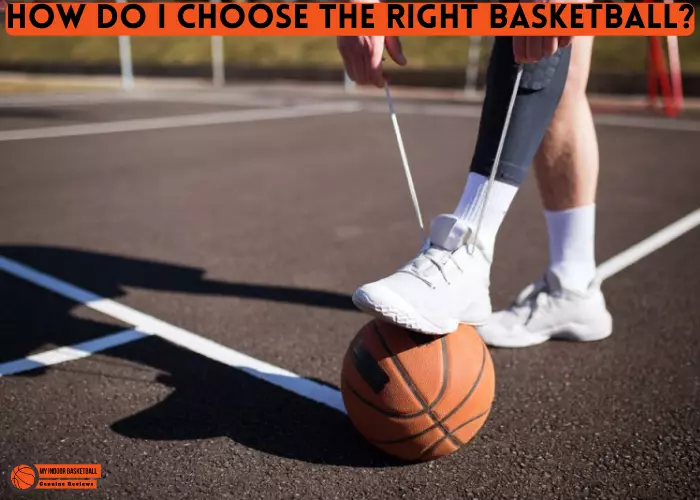
What are the best indoor and outdoor basketballs?
If you’re looking for an outdoor ball perfect for playing in all weather conditions, our top pick is the WILSON NCAA Indoor/Outdoor Basketballs – 29.5″, 28.5″, 27.5″. It’s made with a durable polyurethane cover that resists water and dirt, making it perfect for rainy or snowy days. Plus, its high-bounce design makes it easier to score baskets. If you’re looking for an indoor ball that can handle heavy use in warm and cold climates, we recommend the WILSON NCAA Replica Game Basketball.
Best Basketballs for Outdoor Concrete Courts
When choosing the right basketball for outdoor concrete courts, there are a few key things to consider.
Conclusion
When it comes to basketball, There is a big difference between indoor and outdoor basketball. Outdoor basketball is more physical, played on larger courts, and requires players to be in better shape. Indoor basketball, on the other hand, is more cerebral and allows for more creative play. Indoor hoops typically have smaller courts made of a harder material, making the ball bounce higher than it would on an outdoor court.
So whether you’re looking for an intense workout by playing outdoors or some friendly competition with friends and family by playing indoor court, don’t miss out on either option – both have their benefits!

